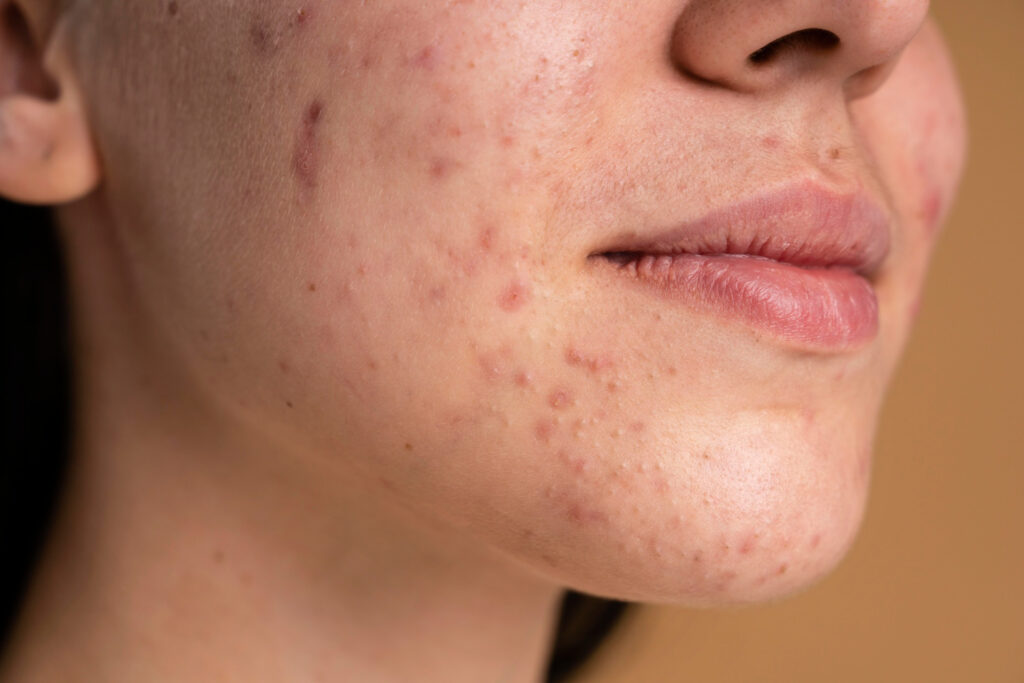
Facial scars can be a source of emotional and physical discomfort for many individuals. Whether resulting from accidents, surgeries, burns, or acne, these scars can significantly impact one’s self-esteem. Facial scar revision surgery offers a solution, aiming to reduce the appearance of scars and restore a smoother, more natural skin texture.
Facial scar revision surgery is ideal for individuals who are unhappy with the appearance of their facial scars. Candidates typically include those with:
Hypertrophic scars: Thick, raised scars that form within the boundary of the original wound.
Keloid scars: Thick, raised scars that extend beyond the original wound's boundaries.
Contracture scars: Scars that cause skin tightening and can restrict movement.
Atrophic scars: Depressed or sunken scars, often resulting from acne or chickenpox
Ideal candidates are in good overall health, have realistic expectations, and understand that while scar revision can significantly improve the appearance of a scar, it may not completely erase it.
The approach to facial scar revision surgery varies depending on the type and extent of the scar. Here is a general overview of the procedures commonly used:
The choice of procedure is tailored to the individual’s specific needs and the characteristics of the scar.
Facial scar revision surgery offers numerous benefits:
While scar revision surgery can significantly improve the appearance of scars, it is unlikely to completely remove them. The goal is to make the scar less noticeable and blend better with the surrounding skin.
Fact: While many seek scar revision for aesthetic reasons, it can also be necessary for functional improvements, particularly for contracture scars that limit movement.
Fact: Scar revision results take time. Initial swelling and redness will subside over weeks to months, revealing the final outcome.
Recovery time varies based on the procedure. Minimally invasive treatments may have a short recovery period, while surgical procedures might require several weeks to months for complete healing.
As with any surgical procedure, there are risks such as infection, bleeding, and adverse reactions to anesthesia. However, these risks are minimized when performed by a skilled and experienced surgeon.
Initial results are visible within a few weeks, but full results can take several months as the scar continues to heal and mature.
Pain levels vary depending on the procedure. Topical and minimally invasive treatments typically cause minimal discomfort, while surgical procedures may involve more significant discomfort, which can be managed with pain medication.